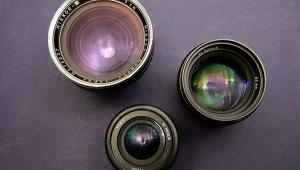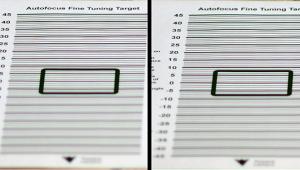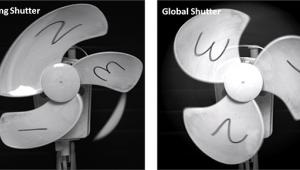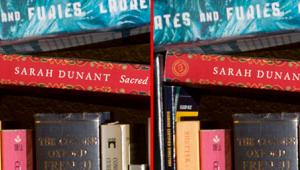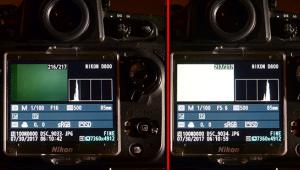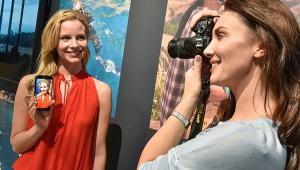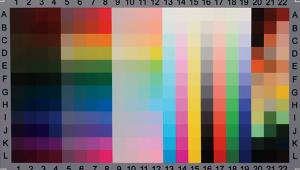What Is Bokeh?: How Background Blur Can Be Both Good and Bad For Your Images
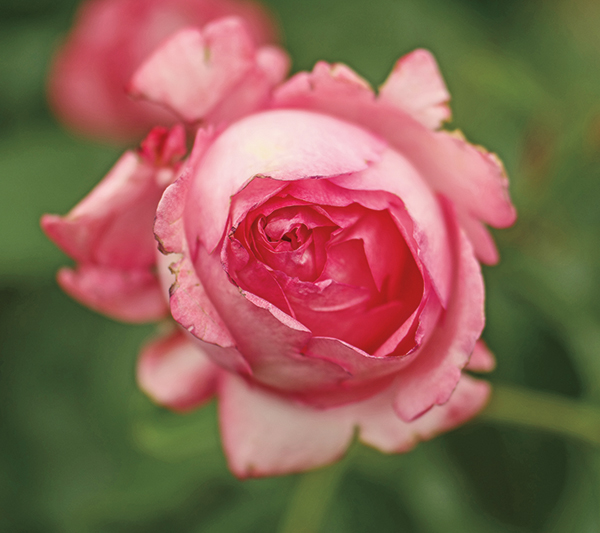
© Dan Havlik
The first time I came across a reference to bokeh in a lens review I found it a bit pretentious. Bokeh may sound like a Japanese dessert, but it’s actually the out-of-focus behavior of your lens. The term is said to come from the Japanese word “boke,” which translates as “blur” or, in some cases, “senility.” Confused? It’s understandable.
So why was bokeh being used in a lens review? If I was thinking of purchasing a new optic, I wanted to know about such obvious qualities as sharpness and color fringing. Worrying about the blobby bits in my picture was, to my mind, just hocus-pocus about being out of focus. The reviewer could better comment on the quality of the engraving on the lens barrel.
But that’s just a Philistine attitude, I’m told. Apparently, if my lens has bad bokeh, I might as well give it to some schoolboy to fry ants.
Here’s what bokeh is: In a perfect world in a parallel universe, a lens would always focus a point source (think of a bright star) into a dot smaller than a pixel on your sensor. If you twisted the lens barrel to throw the star out of focus, the dot would grow in size, eventually approximating the diameter of your lens. It would be a nice, evenly illuminated, round blob.
That’s in an ideal universe. In this one, your bokeh results may vary.
In some situations, that could matter. After all, every part of your picture will be affected by bokeh. You can consider the image to be made of a lot of point sources—indeed, at least as many as the pixel count of your sensor. Some are in focus, and below the resolution limit of your camera, and others are producing blobs of various sizes, depending on just how out of focus they are.
In other words, your whole image is bokeh’ized—a sum of in-focus and out-of-focus point sources. Obviously, there’s no effect for the in-focus parts of the image, and there’s also no discernible effect for smooth areas. If you’re shooting against a uniform, evenly lit wall, it won’t matter whether your lens has award-winning bokeh or bokeh that should be voted off the island—you won’t see any of it.
On the other hand, if you’re shooting at wide apertures, with little depth of field, and there are small, bright things behind your subject (Christmas lights, shiny leaves, a sequined Elvis jacket), then the bokeh from those could be obvious. You might judge them to be either attractive or otherwise.
Clearly bokeh depends on how round your lens is. Few photographers seem to purchase square (or other non-round) lenses, but what counts is the shape where the diaphragm is located. So, in fact, your lens isn’t really round unless you shoot wide open. Counting the blades on some of my glass indicates that the number of diaphragm blades is usually eight, so really unsharp, bright background sources will look like octagons.
Is that terrible? In the absence of some quantitative measure of beauty, I would say that the best bokeh would be that which most closely imitates what your eye does. That, at least, would result in familiar-looking images. But thanks to the image processing of your brain, you don’t notice the bokeh of your baby blues, even if there are specular reflections behind whatever it is that you’re looking at. Your brain is the ultimate Photoshop, and not only does it fool you into thinking you have color vision at night, it tunes out the bokeh, too.
So is there good and bad bokeh? In the reviews, you’ll often trip across comments about a new optic having “good bokeh” in the way a wine has a “good bouquet.” Clearly, there are photographers who care, and who are willing to spend some additional monies to get lenses with fewer aberrations and more blades in their diaphragms to make the out-of-focus parts of the image closer to some (circular) ideal.
Then again, highly polygonal bokeh can give your photo a gritty, real-world look that, for some subjects, might be just the ticket.
But to be honest, the Philistine in me will still roll my bokeh-free eyes the next time someone brags that their new lens is really beautiful when it’s out of focus.

Seth Shostak is an astronomer at the SETI Institute who thinks photography is one of humanity’s greatest inventions. His photos have been used in countless magazines and newspapers, and he occasionally tries to impress folks by noting that he built his first darkroom at age 11.
- Log in or register to post comments

